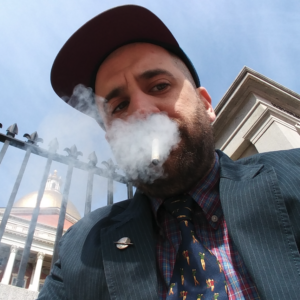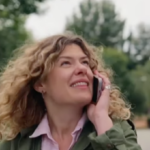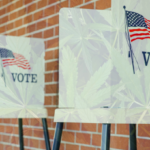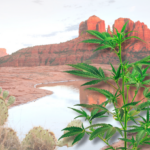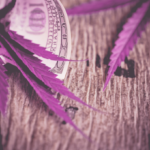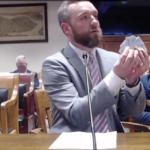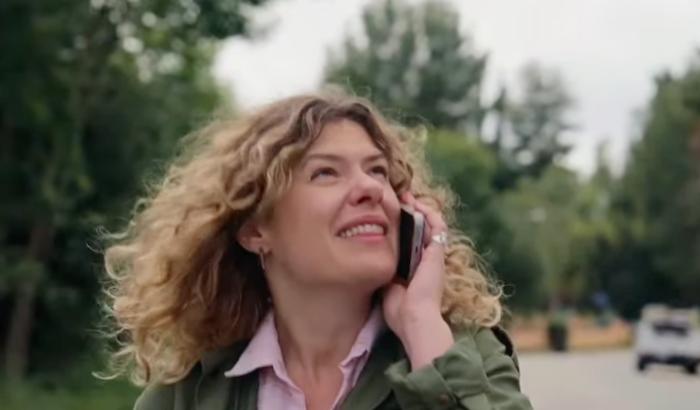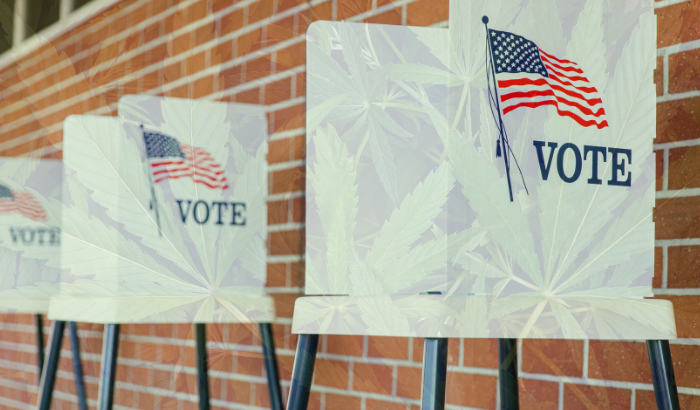
“People listen to California when they say that autos suck, but they don’t suck.”
We’ve had great feedback on some of our nerdier dives into cannabis science and production, which shows me that I’m not alone in wondering how all my favorite products come to be. Since these TJM2 newsletters are intended to give readers longer bites to digest instead of just more links to click, for this week’s installment I’m sharing an interview that I recently did with someone I find to be one of the most interesting cultivator-extractors in Mass.
Andrew Bettencourt is a second-generation grower with nearly 20 years of experience, mostly in California. He moved to the Bay State last year to manage operations for Fine Fettle, which has an outdoor grow and manufacturing facility in Hinsdale out in Western Mass, plus dispensaries in Rowley and on Martha’s Vineyard. I sensed from trying their products that they had a special touch, and in speaking with Bettencourt I realized right away that I had met their wizard.
His move to Mass has called for some adjustments in technique, but the challenge has already yielded exceptional flower and extracts. I also wanted to highlight Bettencourt because he keeps a low profile, but is worth paying attention to. We spoke about growing outdoors, using genetics and techniques that West Coast cultivators frown upon, and all the ways he is adapting his own California style for the Berkshires.
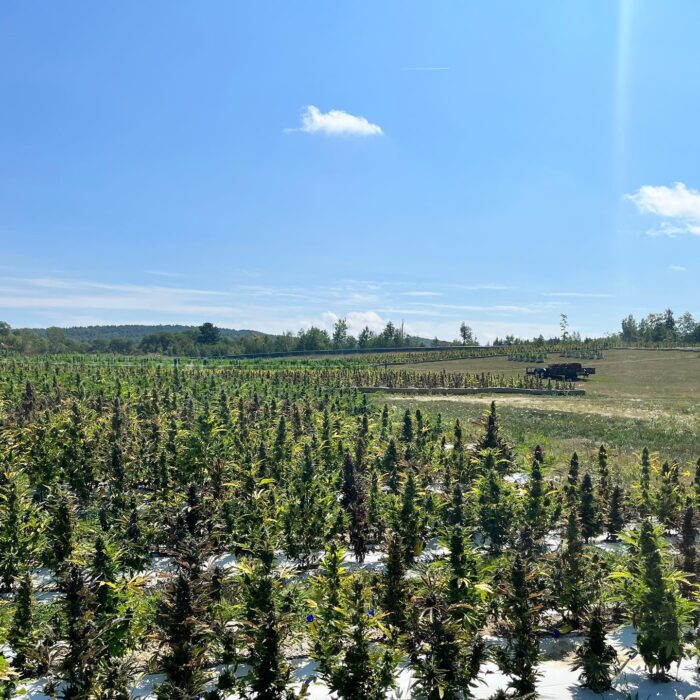
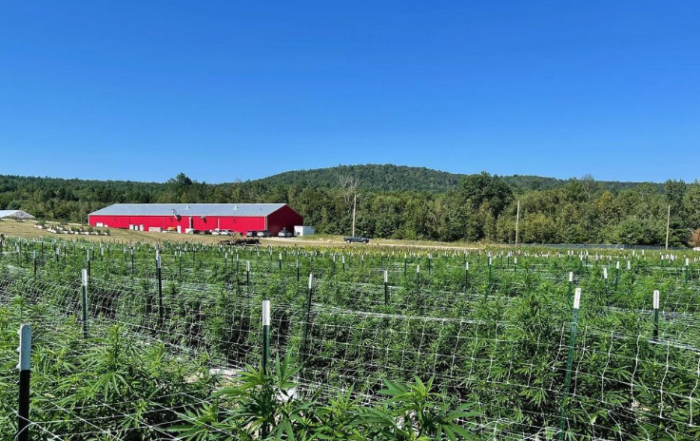
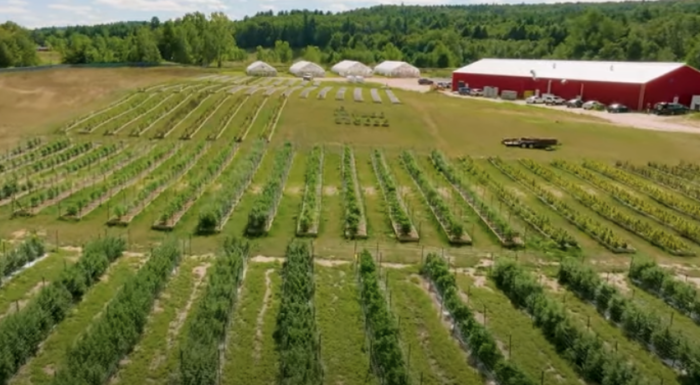
On the cultivation in Hinsdale …
Our property is about 20 acres and [in addition to the fields] we have a native soil area and an extract lab, and are building a solventless lab. The farm, 150 years ago, was a quarry, so all of the sand and minerals make for the best native soil I have ever seen. We also have a section with raised beds though, since it was my first time growing in Massachusetts and I hadn’t used the native soil before. [In the native soil section], we go straight into the dirt. We use a little bit of nitrogen, but there’s just so much mineral rich soil that’s already there. And we have a couple several-thousand gallon reservoirs that [collect rain that gets filtered several times through an in-house water plant].
On changing coasts …
Being from California I’ve always had a full [outdoor harvest] season. I’ve never had to worry about frost, and I have never used autos [autoflower plants, which have historically been known to have low THC levels]. This was my first run with autos and it completely changed my mind. Ruderalis is perfect for a New England environment. A lot of growers out here are behind the West Coast, and the West Coast still hates autos because you don’t need to worry about [frost and light changes] when you have a full season, but this is a hidden wave. People listen to California when they say that autos suck, but they don’t suck. I had about two acres of canopy to work with and I had resins up to 9% on my wet TAC which gets up to the [30% range] when you dry it out. So the autos yielded great and the quality was great.
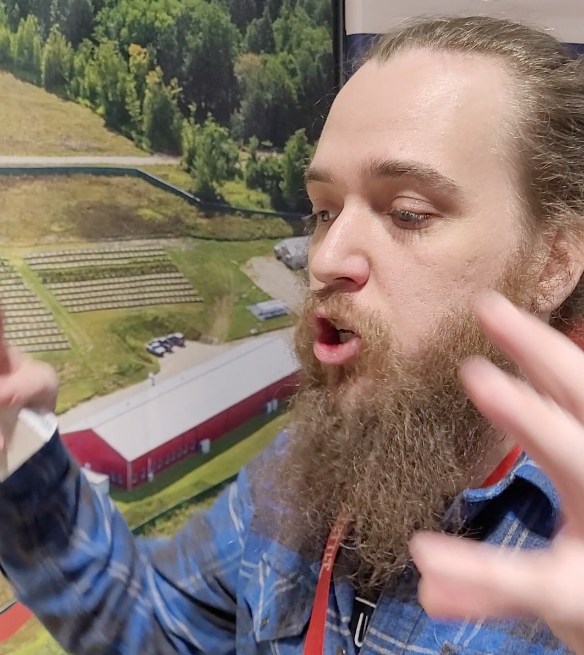
On the Berkshires climate …
I was able to do a lot of my indoor crop-steering techniques outside just really paying attention to moisture content, drainage, and all that shit. For extracts, because we weren’t smoking the biomass, I was able to pump [nutrients] through harvest. We’re only extracting the oil, and none of that is going to be in the oil, so I was able to get these very comparable yields to regs and I was able to get all the resin that made all these fire extracts.
On shatter …
Something I am really passionate about is shatter. Twelve or 13 years ago in California there was a wave, but it fell off because people don’t know how to treat it. But if you treat it like ice wax, like hash and you keep it cold, it will be stable. Just refrigerate it. If you want to keep it for a long time, you can freeze it, but what people do is after they freeze it for a long time they take it out and they immediately open it and because it was freezing all of the moisture just goes right into your container. To do it properly you should take it out and let it get to about 50 or 60° and then open it and you won’t have extra water in your dabs.
On diamonds …
Sometimes I’ll go high THC, like I’ll strip the terps. Diamond should have no terpenes, just straight crystalline THC, but the sauce part [in diamonds and sauce products]—that’s what makes for the taste. Massachusetts standards are so high that rocks can’t be too big; think about it—you’re forming the THC into a crystal structure that’s trapping everything in there. The bigger the rock, the more solvent is trapped in there, so we’ve got it to the point where just about pea-sized is perfect to pass testing. It took a lot of work. A lot of this is stuff I’ve been doing in California for a long time, and it’s about bringing it to Massachusetts and adapting to the residual solvent levels and everything else here.



